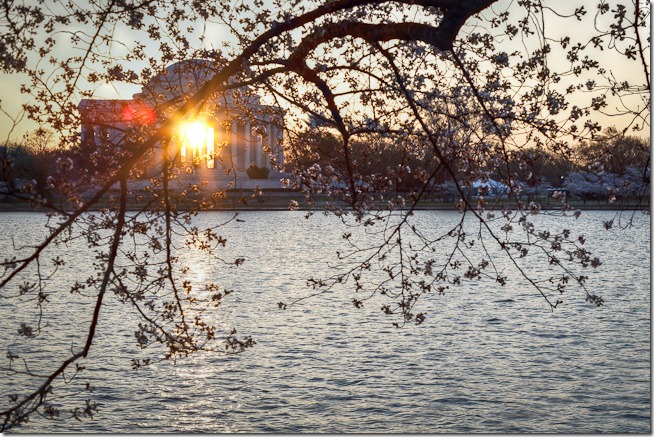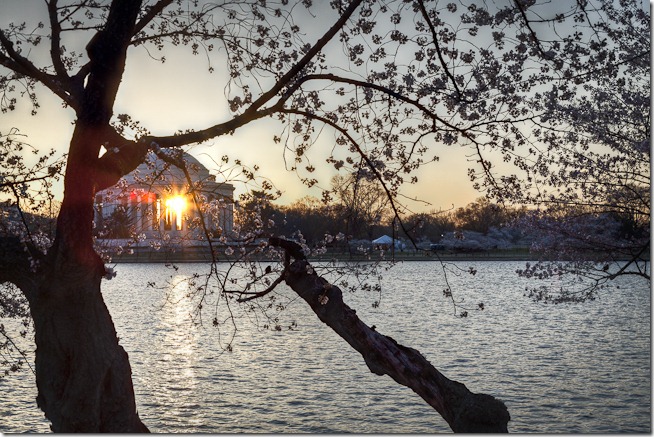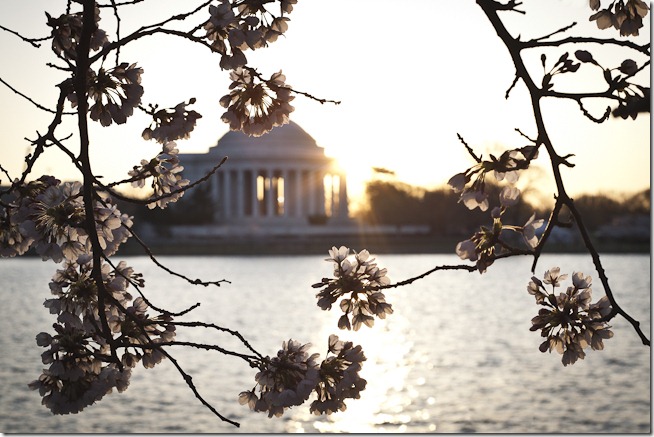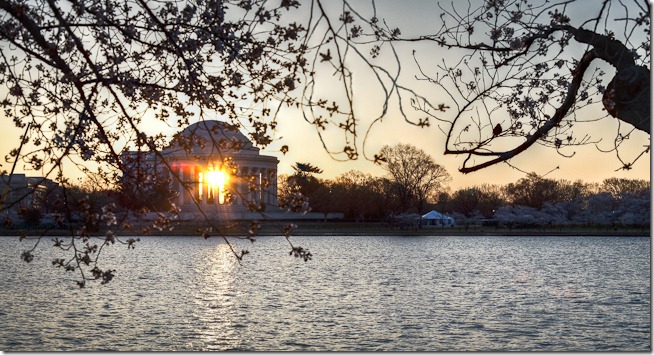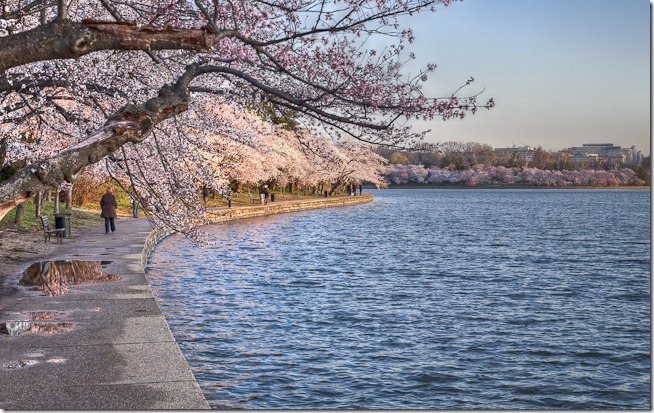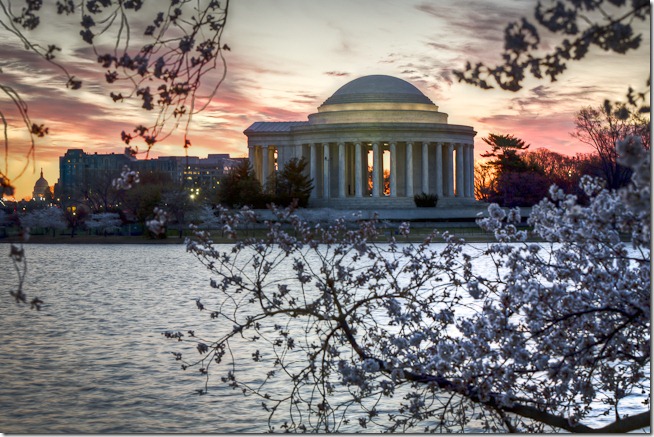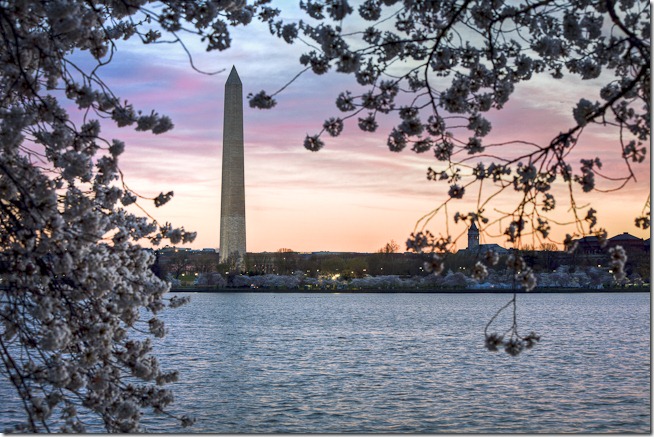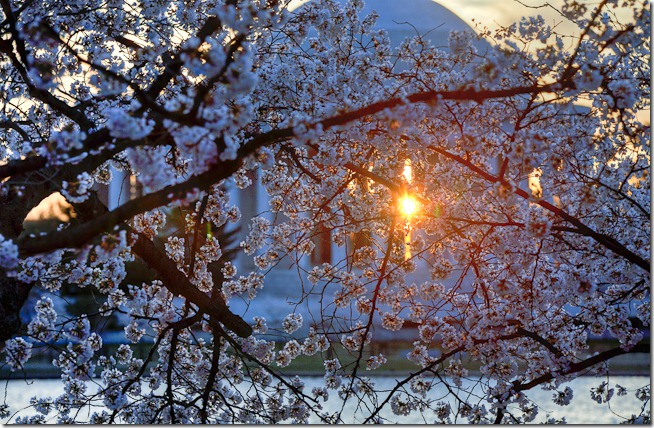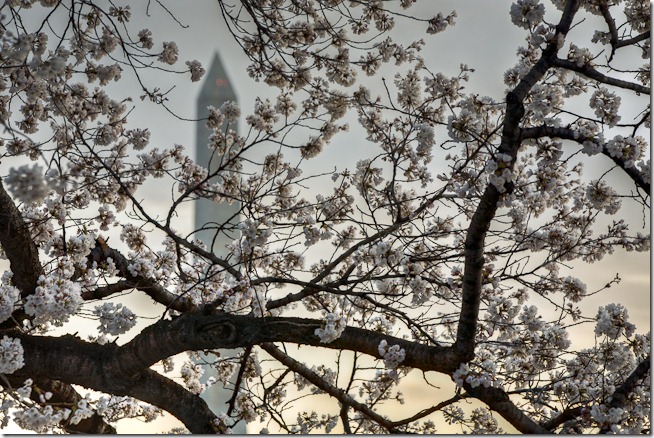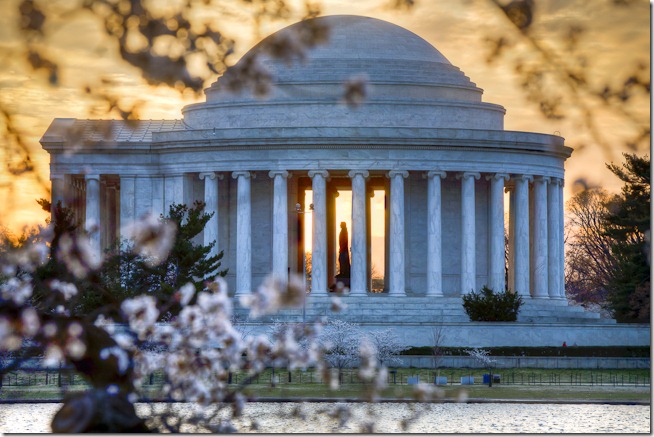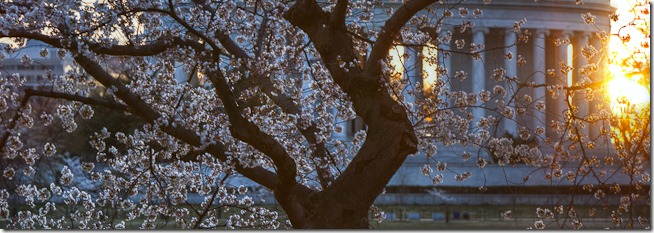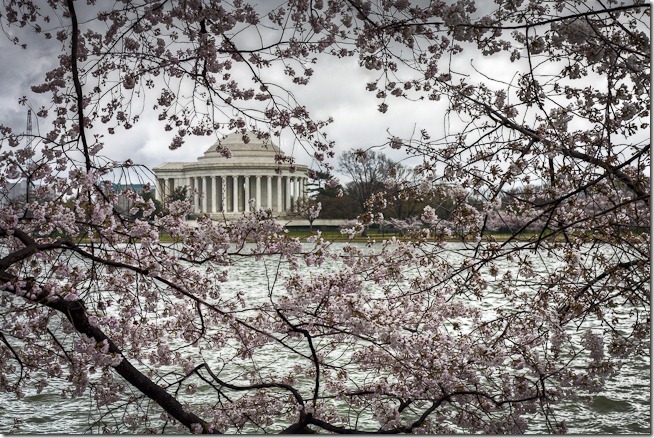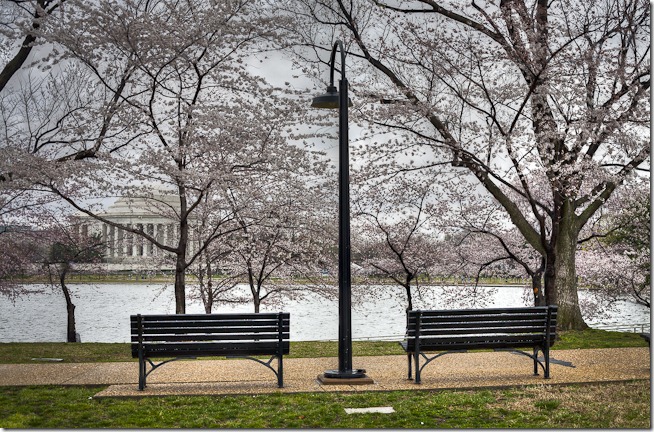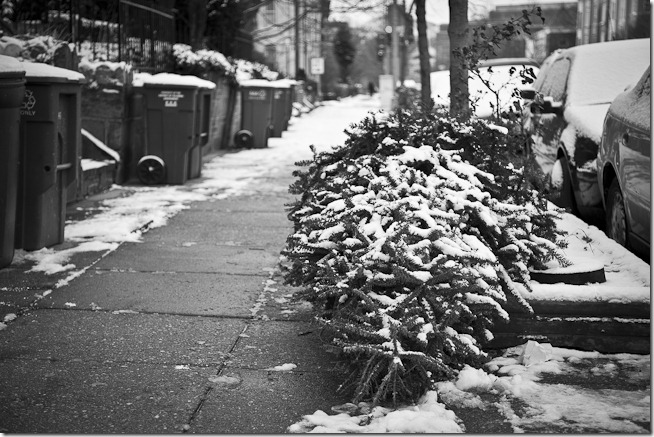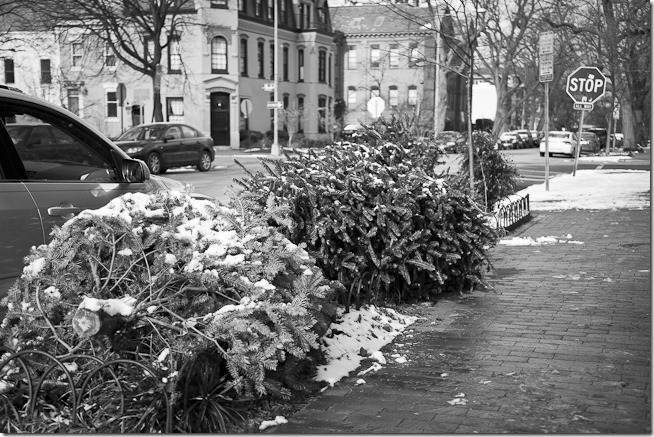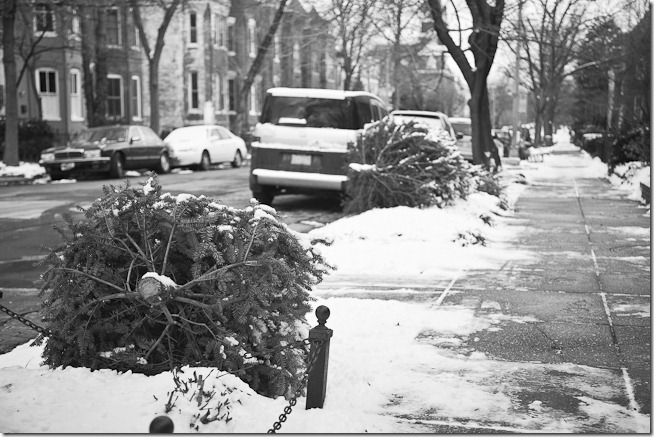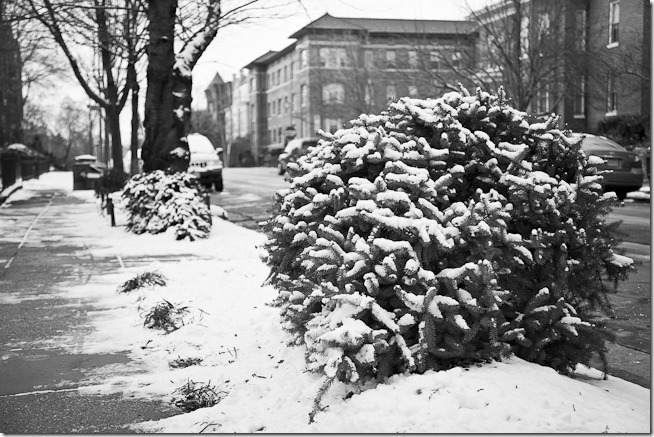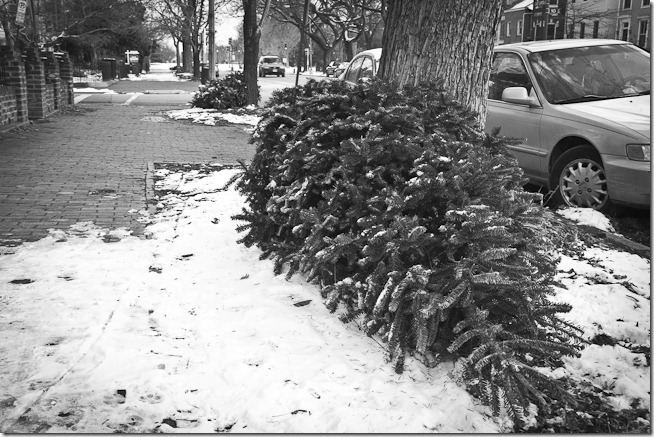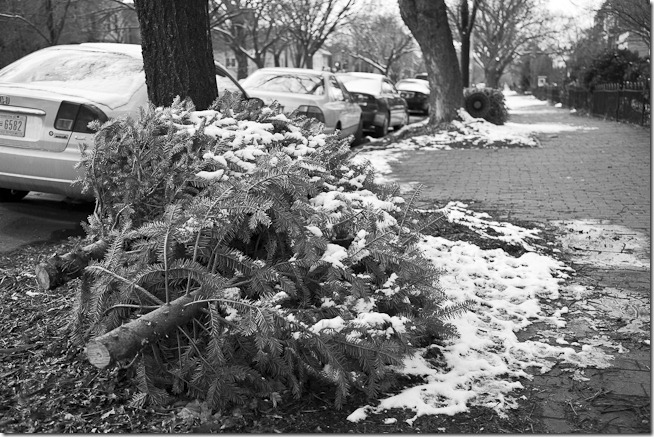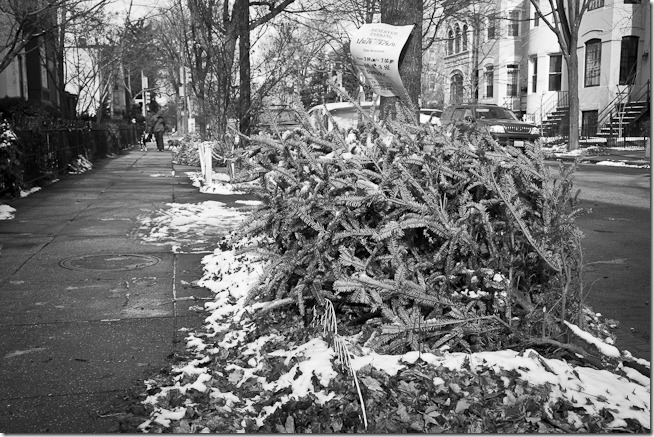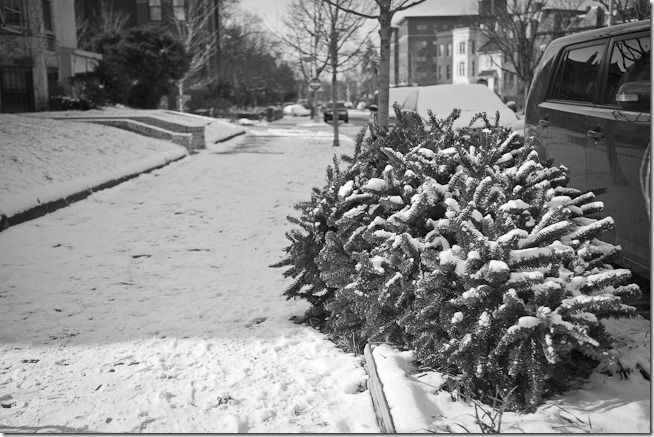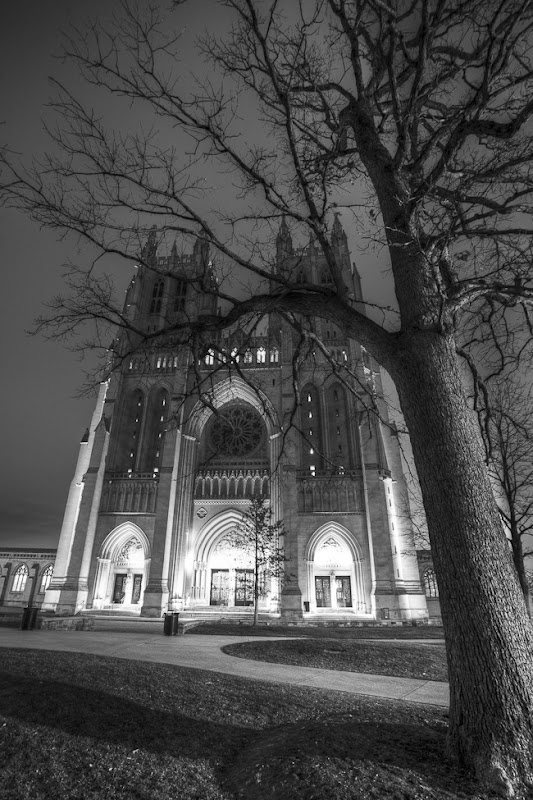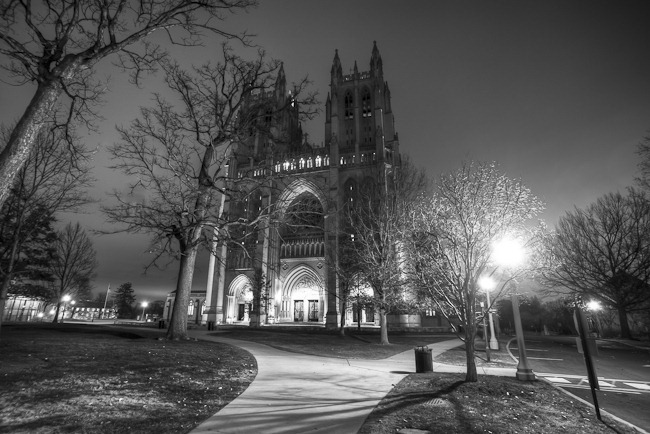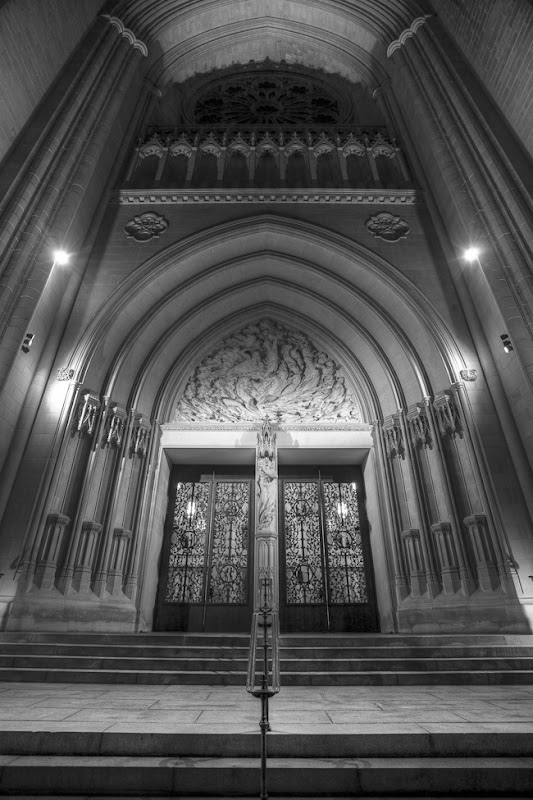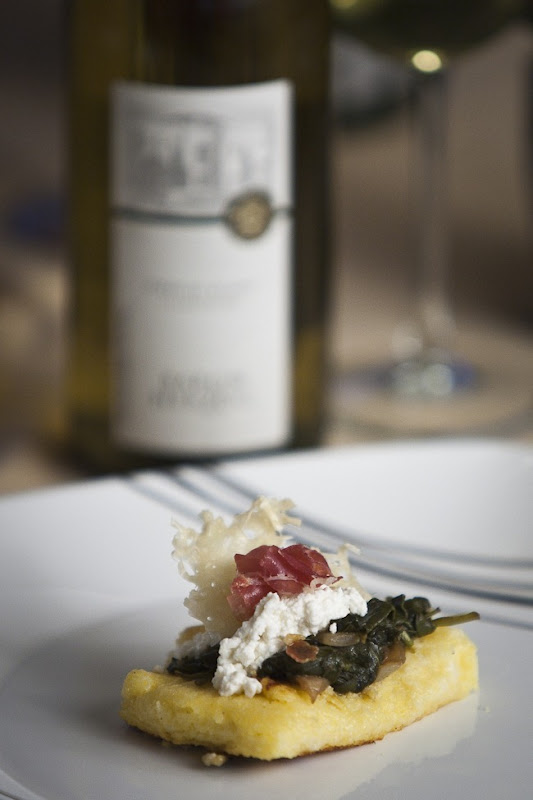In Food Photography Tips (1-5), I presented the first set of tips:
- Tip #1: Shoot Low – Angle Matters
- Tip #2: Composition Rules Work for Food Too
- Tip #3: Fill the Frame
- Tip #4: Find Some Action
- Tip #5: Eat Well
In Food Photography Tips (6-10), I presented the second set of tips:
-
Tip #6: Shoot with a Shallow Depth of Field
-
Tip #7: Shoot with a Long Lens
-
Tip #8: DO NOT Use the Flash Installed on Your Camera
-
Tip #9: Add Color
-
Tip #10: Capture the Textures
And now for the final 5.
Tip #11: Use Props Judiciously
Props are good if used with a bit of restraint. All the normal things you might find on a table (silverware, glasses, linens, flowers, wine bottle/decanter, cooking utensils, kitchen gadgets, etc.) are all fair game. The thing to remember is that the food is the star. If you go to heavy on the props, the star will not shine so brightly. Also be conscious of distracting colors, patterns, or shapes of props. Props should provide context, set a mood, and support the star of the show. They should not compete for top billing.
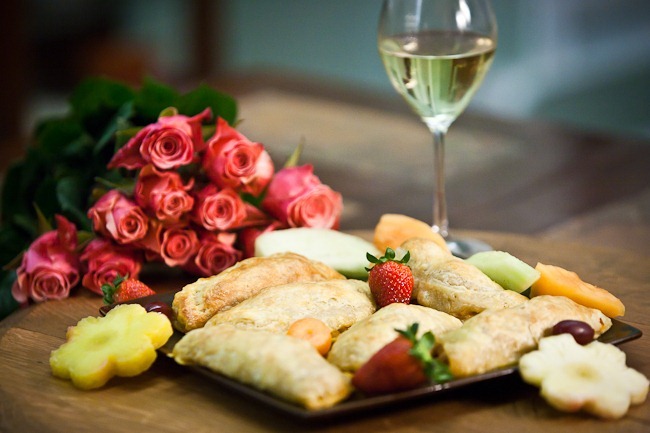
Tip #12: Think About Plates and Plating
Bonus! Two (or maybe more) tips in one! Selecting the right plate is an important decision that has a number of implications including how you “plate” the dish. First, I recommend staying simple. If your plate is too cool for school, you draw attention away from where you want the viewers attention. Second, I recommend small rather than large. Small plates make the food look bigger. A lot of empty space on a big plate can be distracting. This is where the plate affects the plating (how you setup the food on the plate). If the plate is too small, you may be limited in staging the food attractively. If you have too large a plate, the food can look lonely. Somewhere there is the plate that is “just right.” If you don’t have the “just right” plate, err on the side of small.
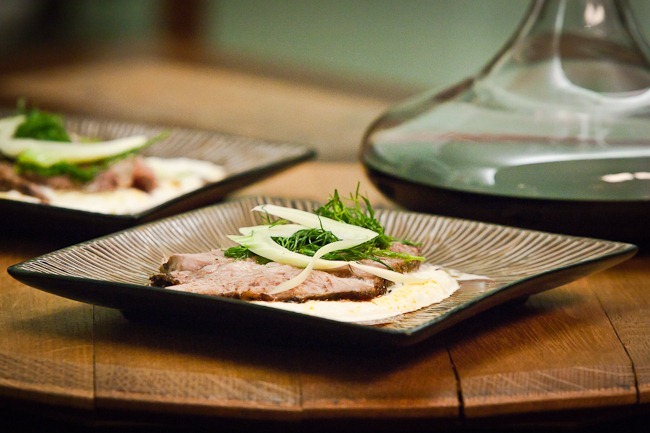
Plates also very with respect to the lip height. Higher plate lips can hide the food. I recommend sticking with a simple plate with a low lip height as a general rule.
Finally, plating a dish is an art in itself. Without getting into the realm of food styling where all the Hollywood tricks are used, there is a lot you can do to make the food look appealing. Plate it fresh. In other words straight from the pan, onto the plate, and in front of the camera while everything is juicy, steaming, melting, bubbling, or whatever your food might be doing. Garnishing in a restrained manner can also add a good bit of appeal (see tip #9: Add Color).
Tip #13: Don’t Forget Your Color Balance
When I am shooting any of the great food I write about at Craig’s Grape Adventure, I generally run up against the challenge of shooting with several different light sources. The lighting in the kitchen is different from the lighting at the table. And to make things worse, the light may be coming through a window, halogen lights, fluorescent lights, or incandescent lights…all at the same time. With all these different light sources, the photograph can become cast with a blue or yellow hue. Suddenly, your cheese cake looks more like key lime pie…not good.
The next photography is one that needed a good deal of color correction…still not confident I got it right.
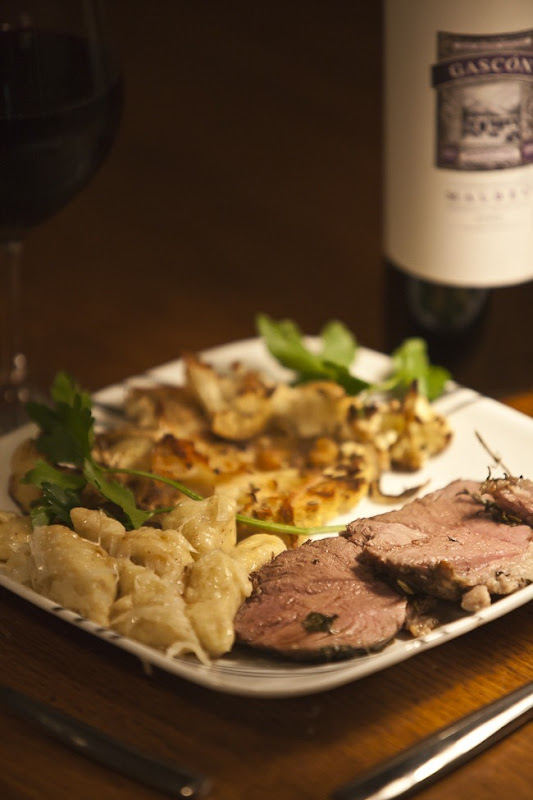
There are plenty of options to deal with this. On the high tech end, there are gizmos and gadgets that you can photograph and have some magical piece of software do the correction in post processing (a great example is the X-Rite Color Checker Passport). You can rely on your camera’s auto white balance (not always reliable), you can manually adjust the white balance settings in your camera (a bit better than auto white balance), or you can just deal with it on the computer. Personally, I take care of it on the computer. Adobe Lightroom does a great job of handling white balance, and where it misses slightly, I can adjust it to match the tones and hues I want. However, when I have a few spare coins, I will definitely be purchasing the X-Rite Color Checker Passport.
Tip #14: What to Shoot, and What NOT to Shoot
What luck! Another two for one tip! Here is the big secret – shoot the things you find appealing and attractive. If it is not attractive and appealing, don’t shoot it. It really is that simple, but let me elaborate a bit because there are a couple of important points in these simple statements. Food photography is not photo journalism, and you shouldn’t feel compelled to shoot a disaster as it unfolds. Just last night I photographed one of my wine pairings for Craig’s Grape Adventure. A wonderful 2006 Ledson Zinfandel paired with my interpretation of Shepherds Pie as an homage to Saint Patrick’s day. I’m not saying it is impossible to make shepherds pie look good, but it is not easy. Some food (like shepherds pie) takes a great deal of effort or creativity to make it look good. And some dishes, while absolutely delicious, are better left to senses other than the visual.
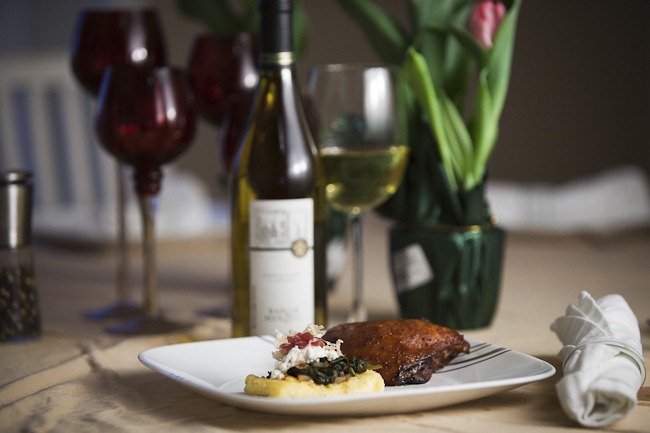
The other category of things that fall into the “do not shoot” category are the details you may have overlooked like the spots on the wine glass, the little sticker on the decanter, the price tag on the bottle of wine, the drippings on the plate, and so on. My point is to pay attention to the details and be conscious of not only the things you want IN the photograph, but those things you don’t want in the photograph.
The photograph above is a good example of not paying attention to the details. The sticker on the flowers and the pepper grinder should not be there. Pepper grinder!!! Am I admitting that my food is not perfectly seasoned???
Tip #15: Pay Attention to the Light
I saved the most important tip for last. Unfortunately, this is the most complicated aspect of food photography (or any photography for that matter). I intend on writing a separate post (or series) on lighting food, but for now I will talk about some generalities. First and foremost, photography is all about light and shadows, and forming the right balance between the two. While having sufficient light for a good exposure is important, that is only the first step. Once you have enough light for a good exposure, you then need to think about where the light is coming from and what kind of light it is. More so than other types of photography, lighting for food photography is more about defining shape and texture. Proper lighting adds depth and makes an orange appear more as a sphere, a hotdog as a cylinder, and a steak as a cube with depth and dimension. Improper lighting makes each of these shapes flat and therefore less interesting and less appealing.
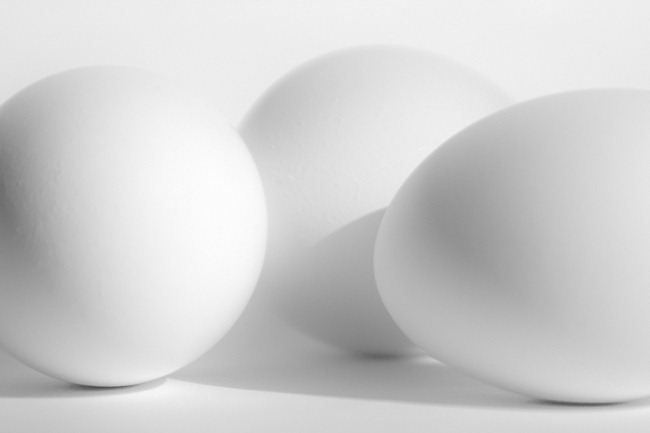
I still have much to learn about lighting food. But I promise you I am working hard at it and will pass along the benefit of my research and experimentation when I have something substantial to offer.
Have fun and go make some great photography.
Craig
